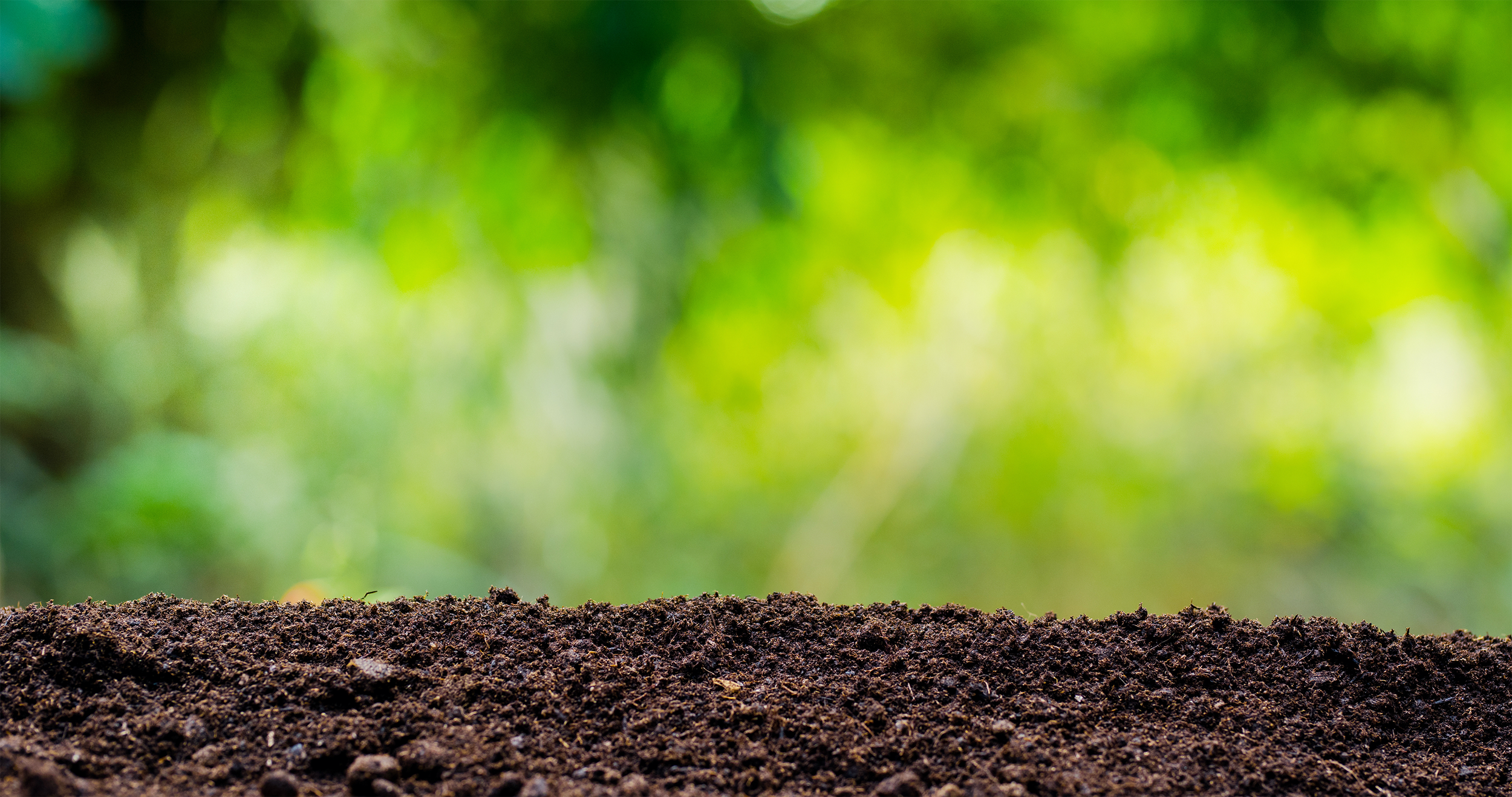Function & Environmental Impacts:
What does it do?
Macerates and dehydrates organic waste, reducing its volume by 60–80%, producing a dry, compostable, pathogen-free, soil-like material.
Environmental Benefits:
o Diverts waste from landfills
o Reduces methane emissions
o Cuts or eliminates traditional waste hauling
Acceptable Input Materials:
What can go in?
o Raw/cooked meat, seafood, dairy
o Fruits, vegetables (including skins, pits)
o Bones, citrus, starches, sugars, liquids (max ~30% per batch)
What needs caution?
o Very fibrous, greasy, or oily items → May need extra cycles
o High-fat/oily waste (FOG) → Mix with absorbents like cardboard or leave prior batch remnants
Managing Difficult Inputs:
Too much starch, sugar, or liquid?
Balance with:
o Coffee grounds or coconut coir
o Vinegar (30–75% acetic acid; use 64 oz per 80L or 80 lbs)
High FOG content?
o Combine with dry absorbent organic materials
o Leave previous batch residue of up to 20%
o Use compostable paper/cardboard
Odor & Safety:
Does it smell?
No. Air is filtered through water and released as clean vapor.
Is the output safe?
Yes. Heated to over 160°F, killing pathogens. The final product is stable and safe to handle upon completion of the cycle.
Discharged Material Uses:
What can I do with it?
o Compost on-site or off-site
o Add to organic waste bins
o Use as feedstock*
o Use in industrial applications
*Using as feedstock may be subject to local laws. Please check locally.
Installation & Operation:
Power:
o 3-phase (single-phase options available for ES60 and ES80)
Drainage:
o Required for potable water discharge
Ventilation & Location:
o Temp range: 32°F–110°F (0°C–44°C)
o Avoid direct/prolonged moisture
o Suitable for indoor, covered outdoor, or loading docks
Choosing the Right Machine:
o Schedule your free waste audit (current + projected volumes)


